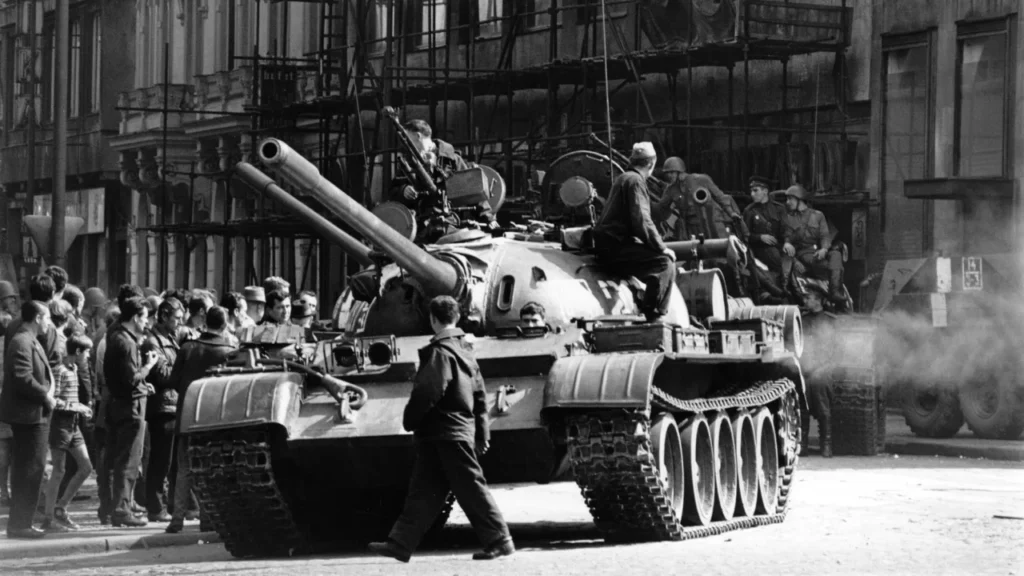A cargo train loaded with tanks chugs along under the crisp, spring sun. “Wow,” a woman says, pointing her camera phone at the convoy. “This is the second train, there was one like it just before.”
The video, seemingly filmed in late March, shows old Soviet tanks being transported, somewhere in Russia. Moscow has been known to bring out older military equipment from storage to help it prosecute the war in Ukraine, but these are different.
The tanks are T-55s, a model first commissioned by the Soviet Union’s Red Army in 1948, shortly after the end of World War II.
They’re so old, you can find them in museums.

Source
